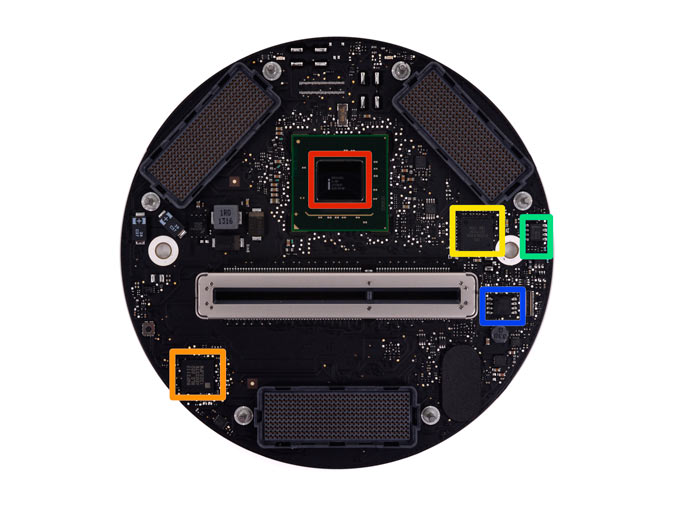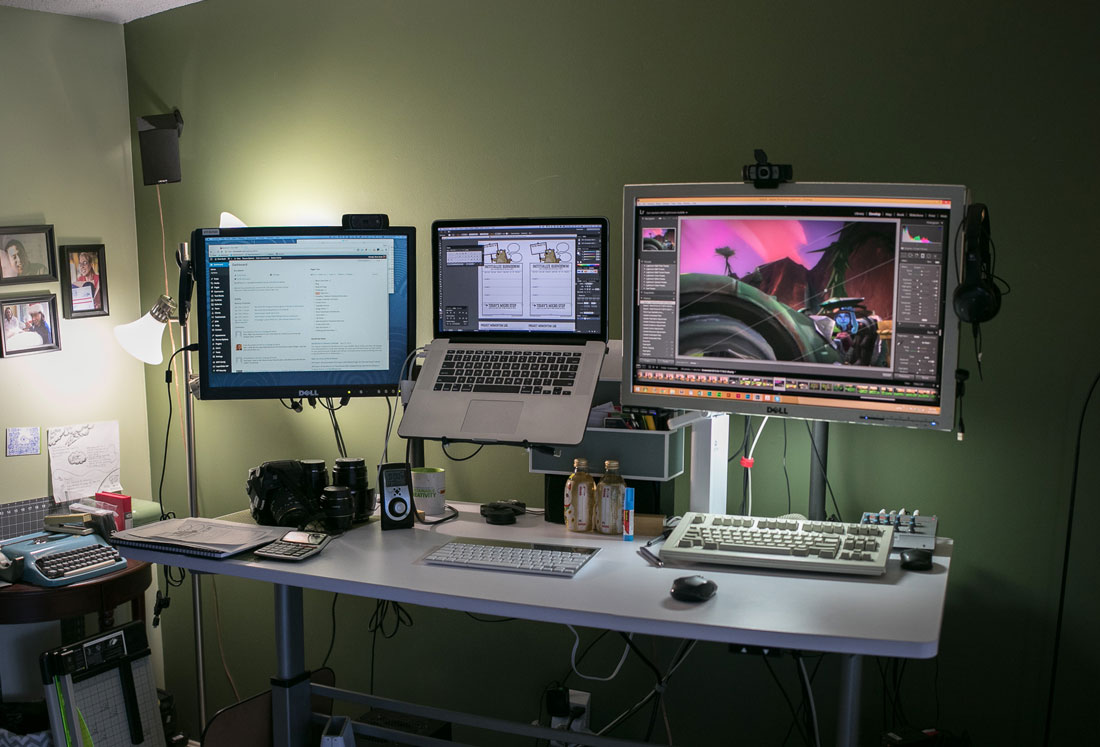
Looking at Disk Utility, while the Apple device reported PCI as it’s Connection type, this drive reports PCI-Express. The drive was found immediately, everything installed fine, booted with no trouble absolutely indistinguishable from the drive it had replaced, except for being four times the capacity. Once in place, I performed the usual High Sierra installation from a USB stick. Close inspection of the screw holes showed that this technique is definitely used by Apple during manufacture. A tiny dot of blue thread lock should keep it from unwinding. There are no components on the back of the 970 EVO, so I used an adhesive foam pad to prevent the SSD from bending while still putting load on the little screw. Any less and the screw would certainly work loose pretty quickly, and a conductive screw rolling around your laptop is the last thing anybody wants. Tightening the screw to get more than a couple of threads engaged caused the SSD to bend. Light pressure on the cover allows everything to close up and look perfect, but bear this in mind if the SSD connector weren’t such a robust little socket, I’d definitely have more misgivings about doing this and may well revisit the installation in the future.ĭue to the increased height of the assembly a longer screw is provided to hold everything in place, but this also proved to be trouble. As in, when you put the cover on, it definitely contacts the back and could do with being a millimetre or so flatter. When looking at the adapter you’ll immediately wonder if the height of the M.2 socket will be a problem. Also, the two screws at the screen hinge are a different size – watch out when reassembling! Watch out for the pentalobe case screws it’s incredibly easy to strip the heads, so if you have any misgivings about a screw, leave it off when you reassemble and buy some replacements for a pound or two, otherwise you could be in trouble next time you want to get in there. But, of course, you’re going to need P5 pentalobe and T5 torx screwdrivers to get into your laptop and get the original SSD out. If the process was as simple as plug-in-adapter, plug-in- SSD, I’d not really bother mentioning this. The proprietary Apple SSD (manufactured by Samsung in all of the cases I’ve seen) actually shows itself as a SATA device on the PCI bus, so there must be some SATA conversion happening on the blade itself, because that’s not how the Samsung 970 EVO blade shows up.

It would appear that the socket on the logic board is simply a miniaturised PCIe expansion slot. It’s simply a physical converter there are no electronics on it of any kind, which I thought was pretty interesting.

I plumped for this Sintech one because it mentioned Samsung 950 PRO support.


You do need an adapter, but luckily these are relatively inexpensive. That doesn’t mean you can just fling an NVMe SSD in to replace your standard drive, though. Since macOS High Sierra, NVMe support has been officially included with the IONVMeFamily kernel extension and v10.13 also updated the EFI firmware of most of Apple’s current systems to include boot support for these drives. It turns out that putting an NVMe drive into a MacBook Pro to replace the proprietary Apple blade is possible these days.


 0 kommentar(er)
0 kommentar(er)
